Aggregates are Essential for Healthy Soil
Have you ever picked up a handful of soil and watched it break apart into tiny pieces? If so, you were looking at aggregates—groups of various sized soil particles that bind to each other more strongly than to adjacent particles. While there are numerous ways to evaluate soil health, aggregates are primary factors. These collections of soil components are made of sand, silt, clay and other organic material, and they play a major role in soil structure formation and stability. Aggregates are broken down into two categories based on function—micro and macroaggregates. Microaggregates are extremely small components of macroaggregates [...]
R5 And R6 Growth Stages Determine Yields
Yield is a fixed number that soybean growers use to validate how well a particular variety performed or how well a treatment protected yield. As it relates to biology, however, yield is the result of how well the plant converted sunlight into stored energy (the bean). Decisions all season long will set the stage for potential yield. However, it’s the soybean growth stages R5 and R6 that put the yield in the BEAN! Growth stages R1 and R2 are about establishing blooms. R3 and R4 are about developing the pods, but it’s R5and R6 that fill the pods to [...]
Fungicide Chemistry 101: What Do All of Those Terms and Chemical Names Mean?
The sights and sounds of airplanes, helicopters and ground sprayers in Illinois corn and soybean fields during July and August usually means one thing: foliar fungicide application season has begun. While fungicides have been common practice in high value crops for many years, the use of these chemistries in row crops like soybean has expanded rapidly during the last 10 to 15 years. There are many excellent articles and sources of data explaining the benefits of using fungicides in corn and soybean, so let’s instead focus on the language of fungicides and a few insights into how fungicides work. [...]
Biological Products, What Are They and Where Do They Work?
What are biologicals? There has been an explosion of biological product offerings on the agriculture market purported to increase plant health, crop quality and yield. These “biologicals” are typically living microbial organisms of bacteria or fungi. How do they work? Microbes in our agriculture fields exist as a complex community. A single gram of soil can contain between 108-1011 individual microbes from 6,000 to 50,000 unique species. As such, microbe species fill certain niches and perform unique functions. You may have heard of ones that fix nitrogen (Bradyrhizobium in soybean for example) or solubilize phosphorus, in turn increasing soil [...]
Horror Stories of Farm Succession Planning and How to Do Better
The second week of the Agribusiness Management Program (AMP) Summer Webinar Series featured attorney Polly Dobbs from Dobbs Legal Group. After practicing law in Indianapolis for 12 years, Polly returned home to her family farm with her husband and two children. She is passionate about helping farm families avoid the pitfalls of estate planning by focusing on the efficient transfer of their land, buildings and equipment to the next generation. As the title of Polly’s presentation indicates, she has encountered plenty of horror stories related to succession planning (or lack thereof) throughout her career and shared a few examples [...]
Bean Leaf Beetles Aren’t Only A Spring Issue
Bean Leaf Beetles … Wait, didn’t we already battle them during the spring? Yes, but this insect will have two adult generations in a single growing season. After overwintering, the BLB emerged and fed on soybean cotyledons this spring. The adult insect then laid eggs for the second generation that will feed on the 2020 pods. Soybean fields planted with an insecticide seed treatment would have had a degree of protection against spring feeding (depending on when the beetle attacked the seedling). The spring BLB—or the first generation—will typically attack an early planted field or the first field that [...]
Five Steps to Effective Late-season Field Scouting
In a typical growing season, most of the grower decisions that can affect the final yield of a soybean field have been made. This does not mean, however, that farmers should kick back and relax. Even though it may be more challenging to walk soybean fields in August than in June, there are still benefits to an effective late-season scouting strategy. Here are five tips that can be used to ensure that you collect and utilize information from the field to make wise decisions. 1. Take advantage of in-season imagery. The majority of growers now use some sort of [...]
Consumer Demand for Soil Health
Illinois Sustainable Ag Partnership (ISAP) hosted a risk management webinar series this summer. Recaps of the presentations and a link to the full presentations will be provided here after each webinar. The July 2 webinar focused on consumer demands for soil health and the impact of supply chain needs on farmers. Jonathan Coppess from the University of Illinois at Urbana-Champaign kicked off the presentation with some of the current trends in sustainability and policy that have direct impact at the farm gate. Third party evaluations are being used by investors, asset managers, and financial institutions to rate the sustainability [...]
Difference Makers: How to Run Your Farm Like a Business
The first week of the Agribusiness Management Program (AMP) Summer Webinar Series featured Jackson Takach and Zack Carpenter from Farmer Mac. Farmer Mac is a mission-based organization committed to building a vital rural America by providing credit and other financial services. In their roles at the organization over the years, Takach and Carpenter have identified six common threads that are the difference makers in creating successful farm businesses. Common thread #1: Discipline makes the business. When you think about your business, where are you spending most of your time? Carpenter suggests that good leaders spend much of their time [...]
Increasing Working Capital with Soil Health Management Systems
Illinois Sustainable Ag Partnership (ISAP) is hosting a risk management webinar series this summer. Recaps of the presentations and a link to the full presentations will be provided here after each webinar. The June 25 webinar focused on incorporating no-till cover crops into your soil health management system. LaSalle County farmer Carl Zimmerman shared his experience in getting started on no-till cover crops and how these practices have expanded over the years. Zimmerman was then joined by a panel of experts to provide additional perspective on the agronomic and financial benefits of these sustainable practices. Following are the main [...]

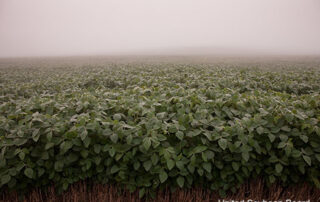
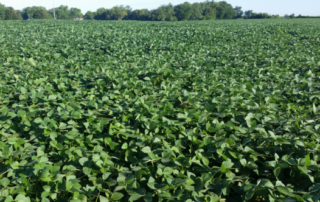
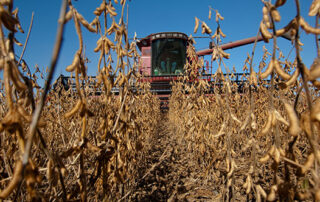
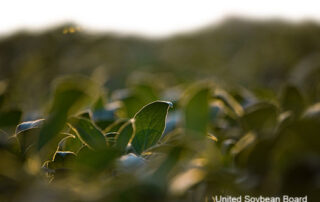

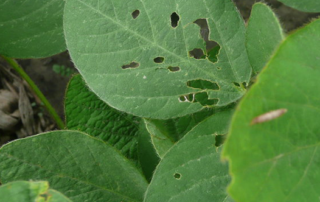
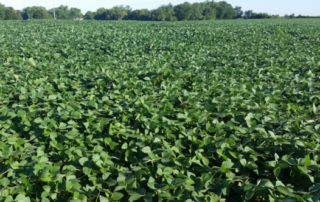
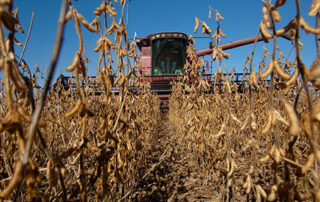
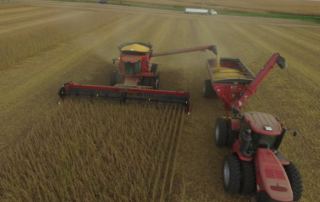
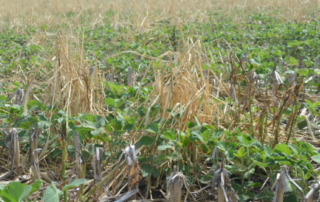



 and then
and then